World War I German cannon finds a new home at the Graveyard of the Atlantic Museum
Video Player
00:00
00:00
A World War I-era German Krupp gun has landed on the deck of the Graveyard of the Atlantic Museum after a lengthy conservation and relocation process that began in the front yard of Josephus Daniels’ historic home in Raleigh, North Carolina.
Using a trailer, a crane, and a bit of brute force, the German quick-firing 88-millimeter deck gun, which was acquired by Daniels as a lawn ornament shortly after WWI, was installed at the Hatteras site on Friday, July 21.
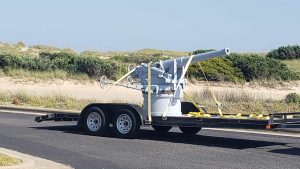
Josephus Daniels served as the U.S. secretary of the Navy from 1913 to 1921, and there are a number of stories that swirl around Daniels and the 1,500-pound deck gun (or cannon) that was planted at his Raleigh residence.
By all accounts, the cannon was a memento of sorts following the end of the war, which was given to him with permission from then-president Franklin D. Roosevelt.
“Daniels came home to Raleigh, and he wanted something appropriate for his [yard],” said Joe Schwarzer, Director of the North Carolina Maritime Museum System. “Well, his pal was FDR, and he said, ‘Sure, we’ll send you one of the guns from one of the vessels we captured.’”
According to other stories, which are harder to verify, soon after the gun arrived, Daniels stationed it so that it was pointed into the living room of his contentious neighbor across the street, Jesse Helms.
What’s clear is that in 2021, decades after Daniels passed away in 1948, the gun was sent to be restored in South Carolina before it was lugged to Hatteras Island to be installed at its new home, the Graveyard of the Atlantic Museum.
While the gun is not directly tied to the Outer Banks area, there are numerous connections between the gun, Daniels, and Hatteras Island.
For one thing, during both World Wars, German U-boats haunted the North Carolina coastline, sinking a number of ships, and cementing the region’s longstanding reputation as the Graveyard of the Atlantic. For another, the Daniels family has deep ties to the Outer Banks, and it was a Daniels – John Thomas Daniels Jr. – who took the famous photo of the Wright Brothers’ first powered flight at Kitty Hawk in 1903.
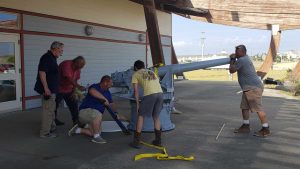
And while the exact ship where the gun was located is still unknown, it is highly likely that it came from a surplus vessel that Army General Billy Mitchell used in a world-famous 1923 demonstration to military and world leaders to prove that airplanes could sink ships with aerial bombings. The demonstration, which took place off of Hatteras, was a game-changer in military tactics, and would alter how wars were waged for the indefinite future.
As the U.S. Secretary of the Navy, Daniels was reportedly devastated by the success of the demonstration, as he was worried it was a signal that the Navy would no longer be needed if aerial bombings became the norm.
“The most interesting person at the [Hatteras demonstration] was Captain Osami Nagano who was with the Imperial Japanese Navy at the time,” said Schwarzer. “And when he was coming back, he was asked what he thought of General Mitchell’s test by a reporter from The Hartford Current, and he said, ‘I would hope that the American people pay attention to the test of your honorable General Mitchell. I can assure you we will.’ Captain Osami Nagano would later become Admiral Osami Nagano, who planned the attack on Pearl Harbor.”
With all these local connections in mind, it seemed natural that the WWI-era gun would find a new, permanent home on Hatteras Island, but installing the gun required a team of professionals from Carolina Stone Setting Company of North Carolina.
Arriving in Hatteras on Friday afternoon, the gun was hoisted by the Carolina Stone Setting crew from the back of a trailer near ORV Ramp 55 with the help of a crane, before it was positioned at its new permanent locale on the museum’s front porch. Curious beachgoers paused to watch the airborne cannon, with one shouting “Fire in the hole!” as the cannon was propelled through the air.
Transported and installed without damage, the Krupp gun will now be a permanent fixture at the museum when it reopens post-renovation, which is expected to happen by the end of the year.
“Coleman Harris and his team from Carolina Stone Setting Company have done such a great job, and the Friends of the Graveyard Museum really stepped up to make this happen,” said Schwarzer. “This was an expensive proposition – the conversation of this gun cost around $12,000 – so we wouldn’t be here without the Friends of the Museum.”
Work continues inside the museum on the massive transformation of the 7,500-square-foot exhibit space, with multiple moving parts coinciding to create a new interior where exhibits can be rotated every six months.
In the meantime, the public can learn more about the Graveyard of the Atlantic Museum and the ongoing project on their website, https://graveyardoftheatlantic.com/.
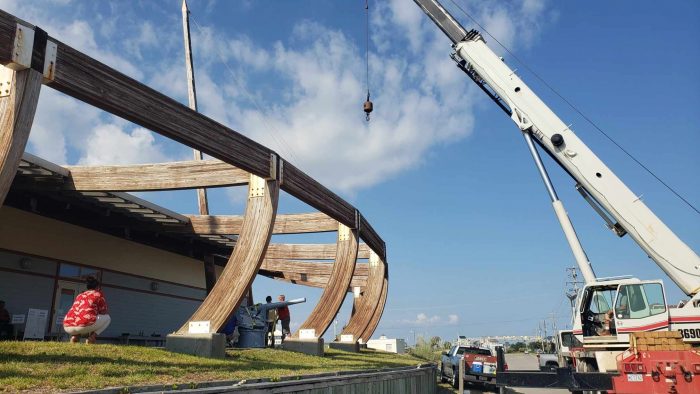
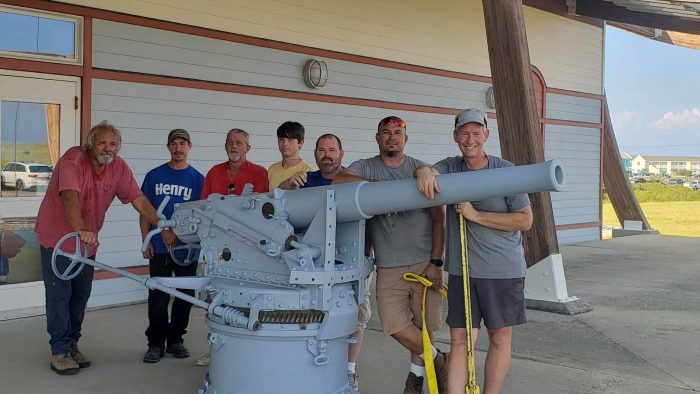



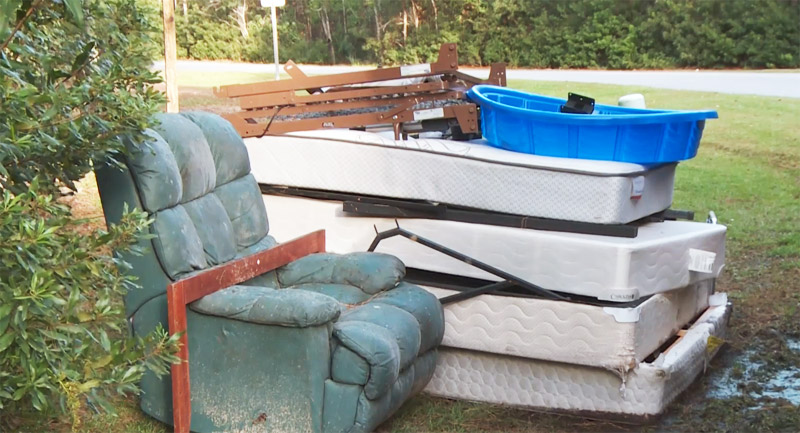


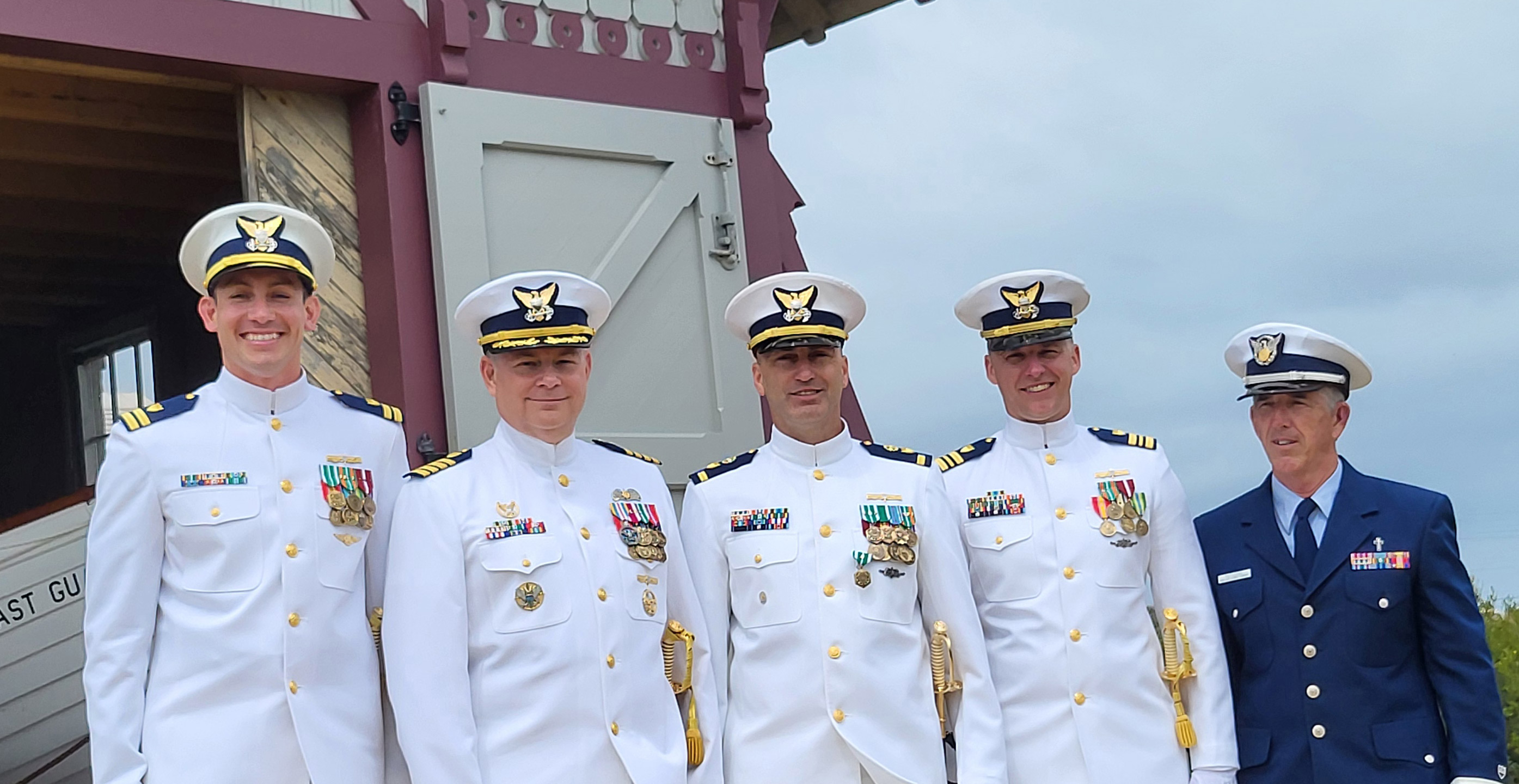
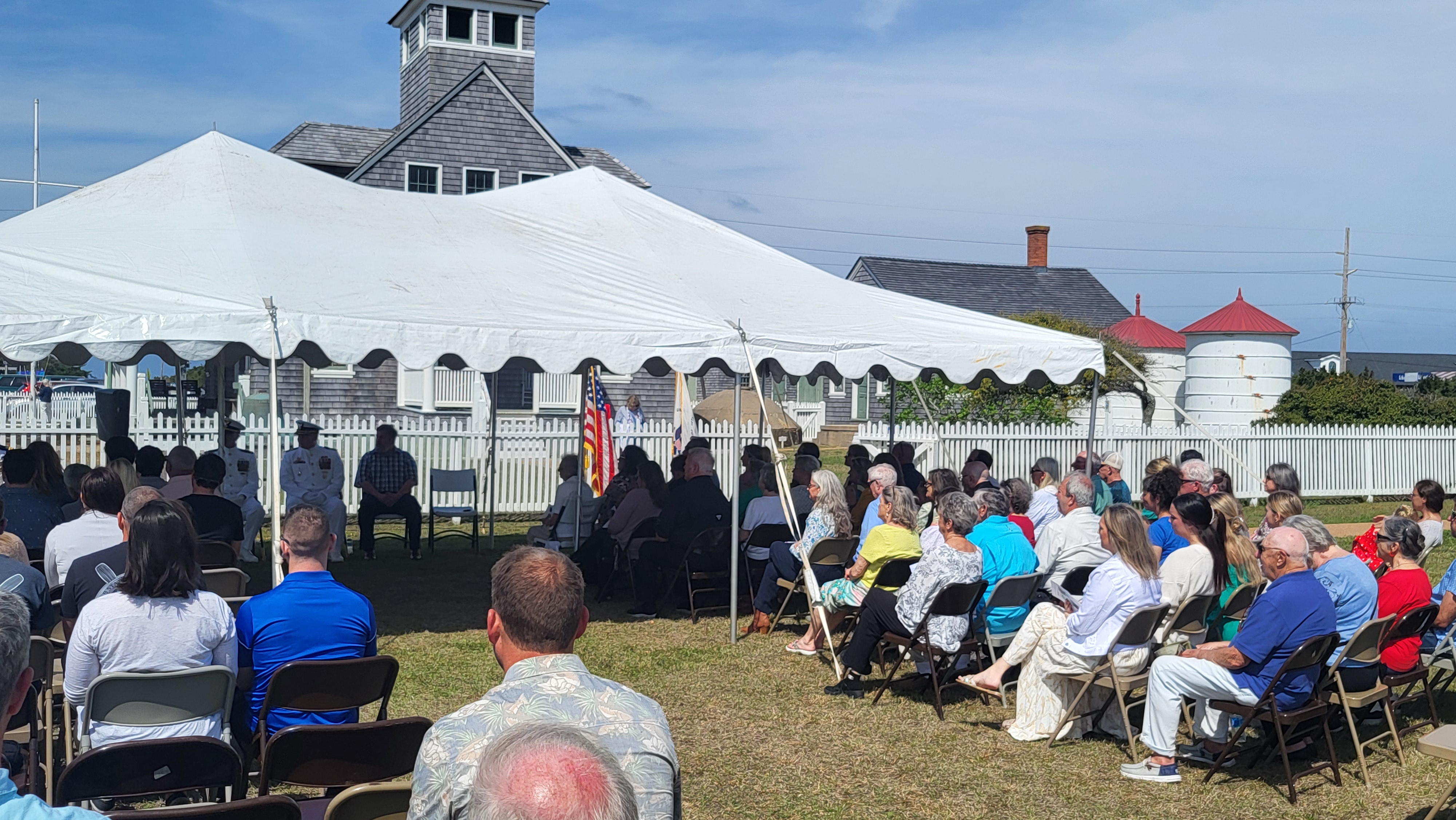
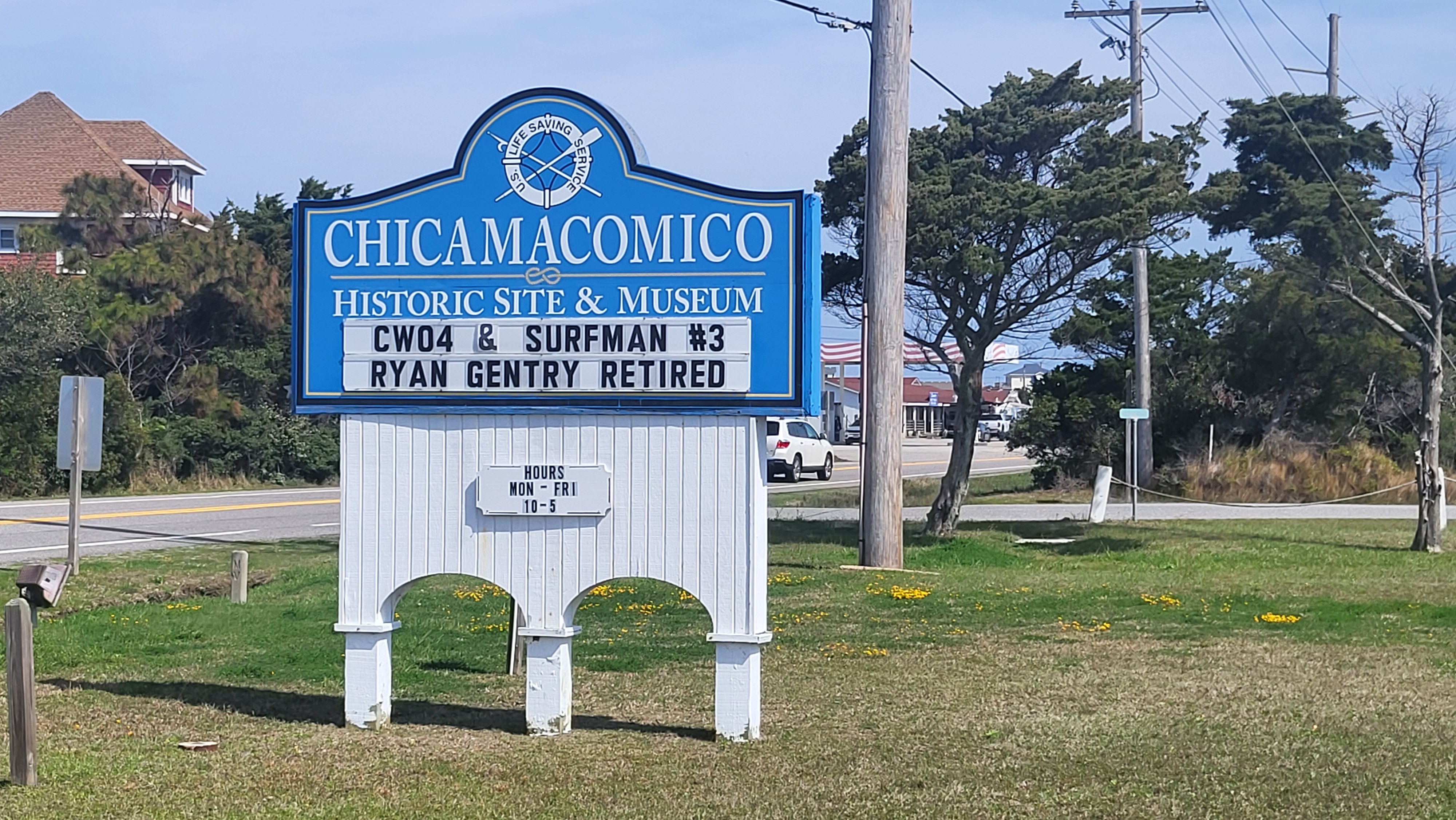

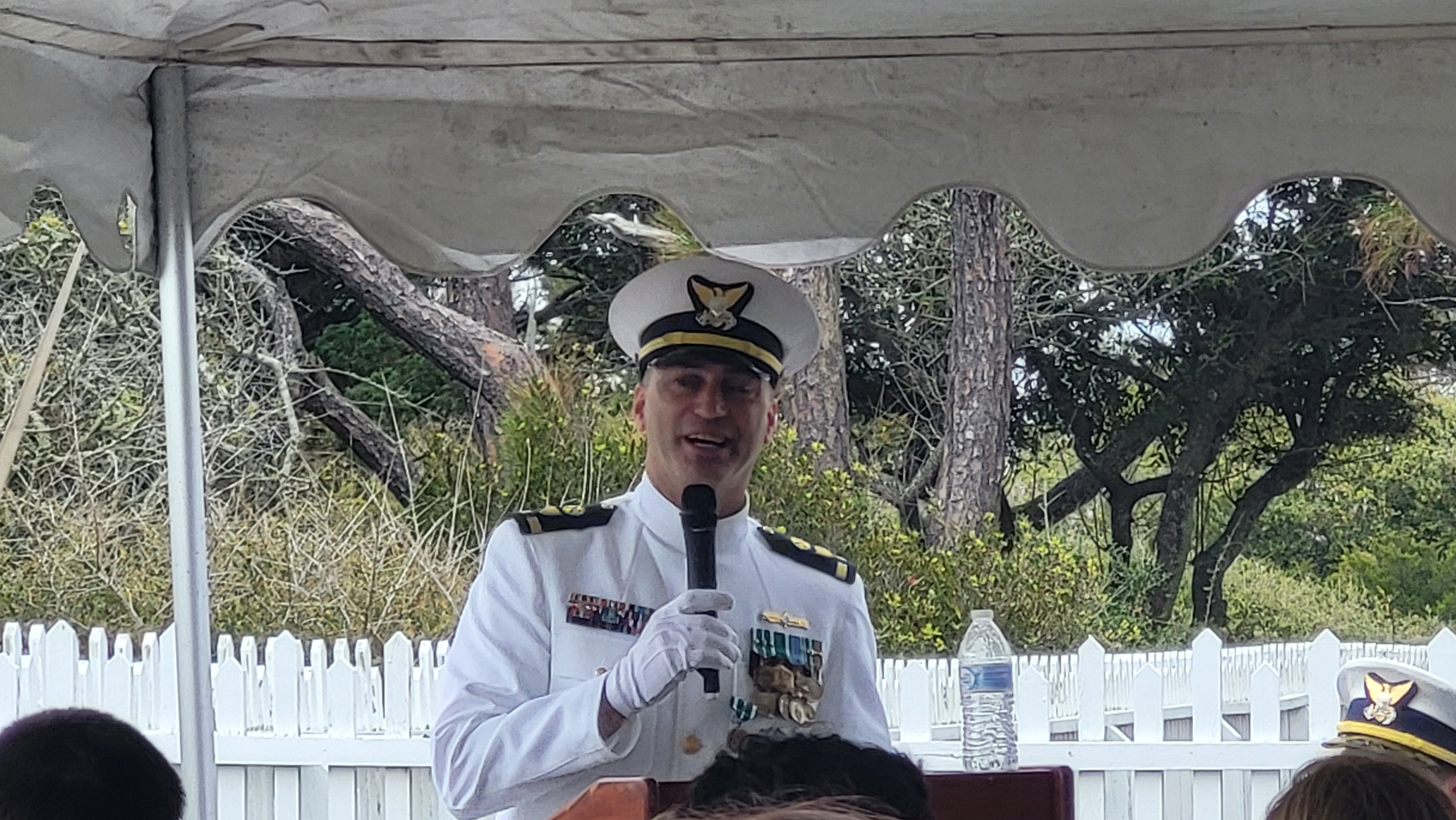
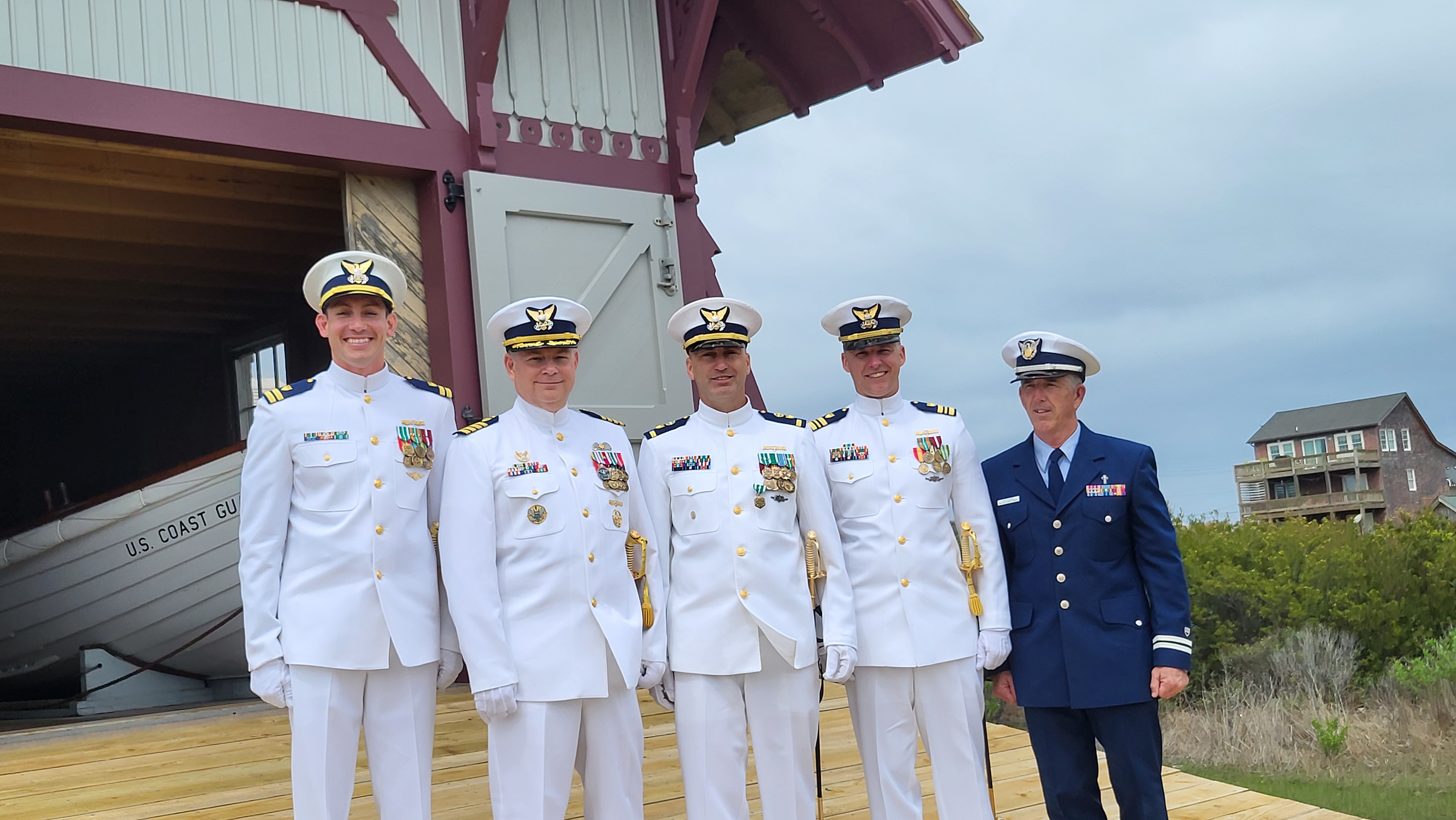
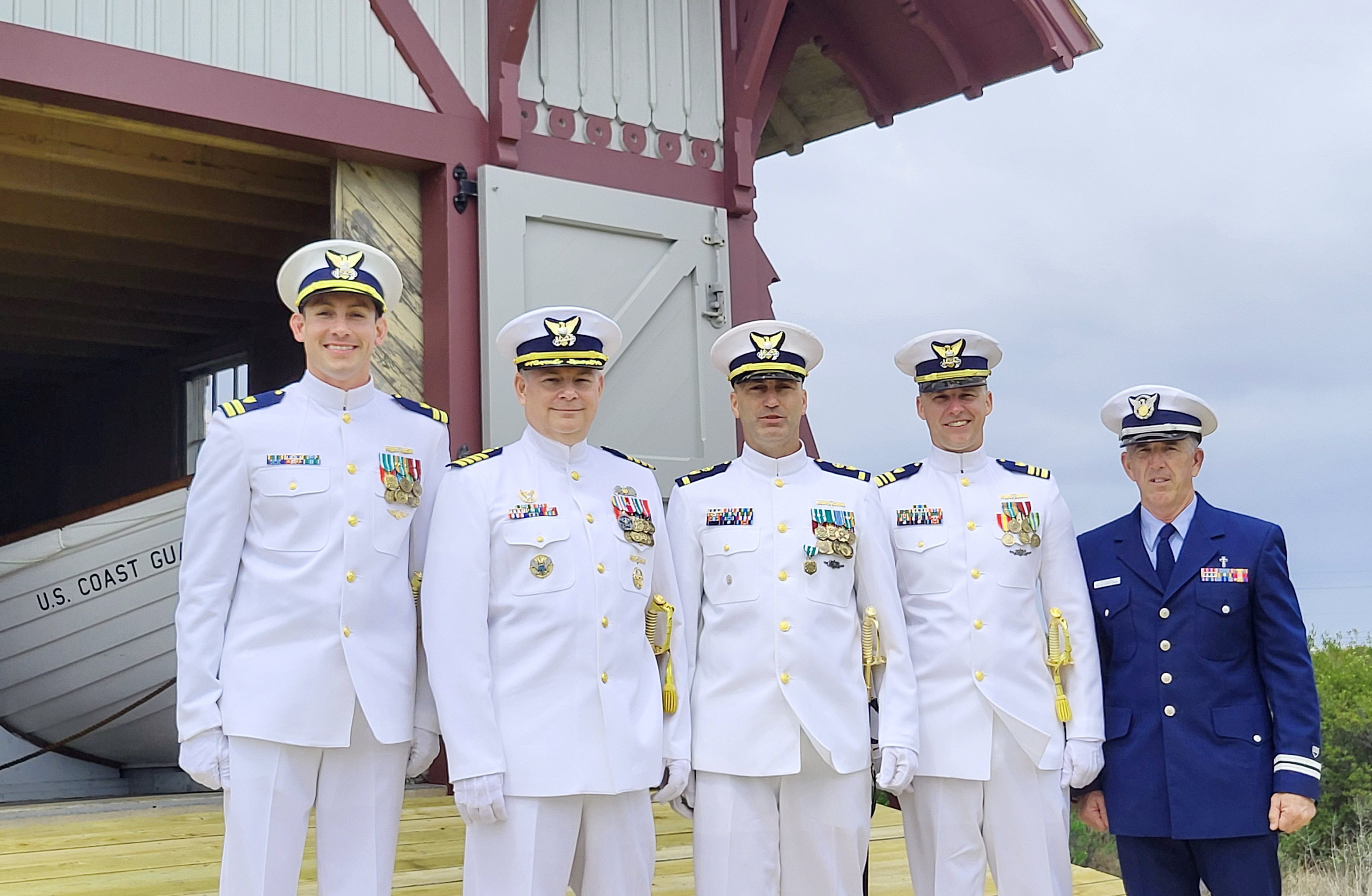
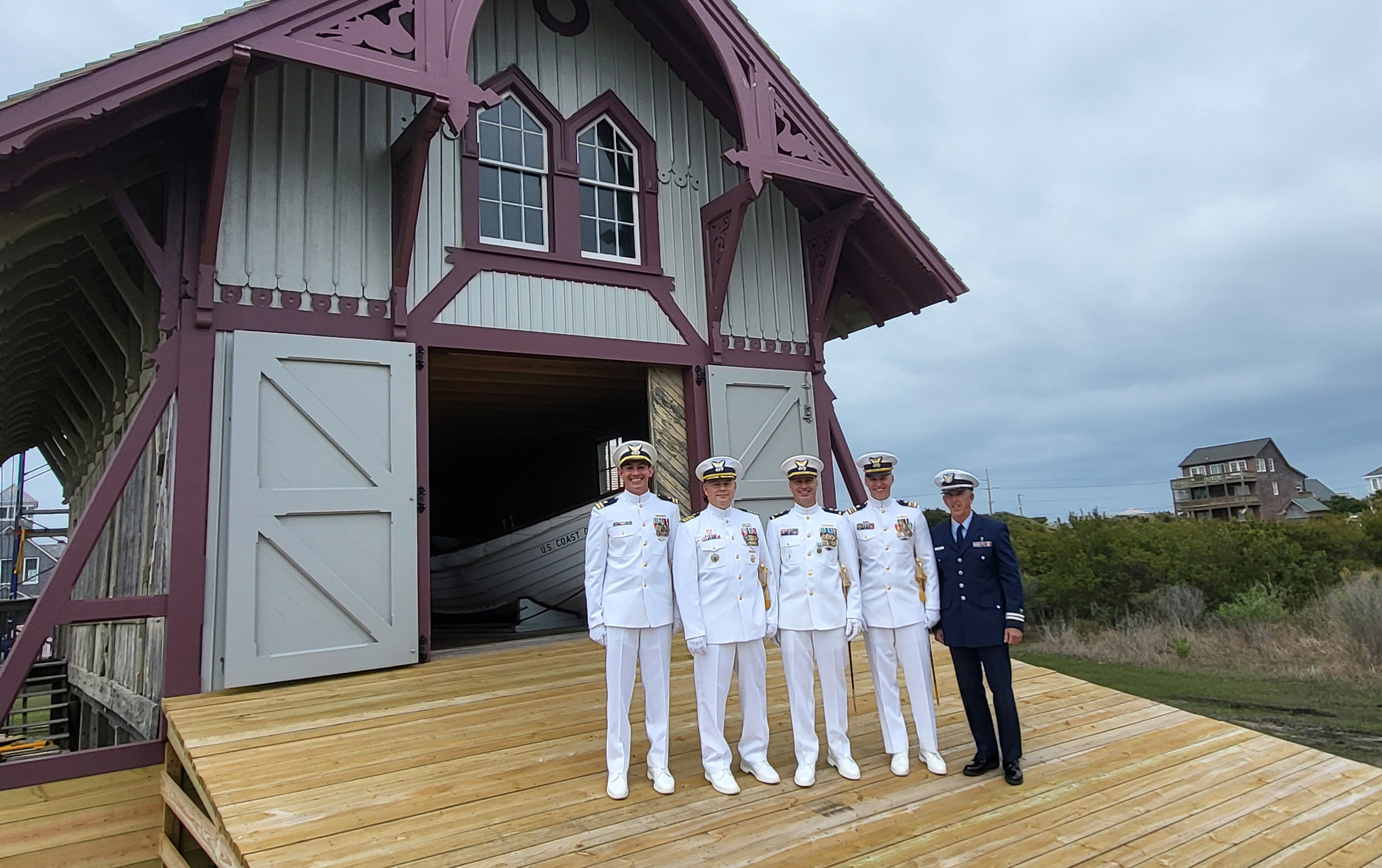
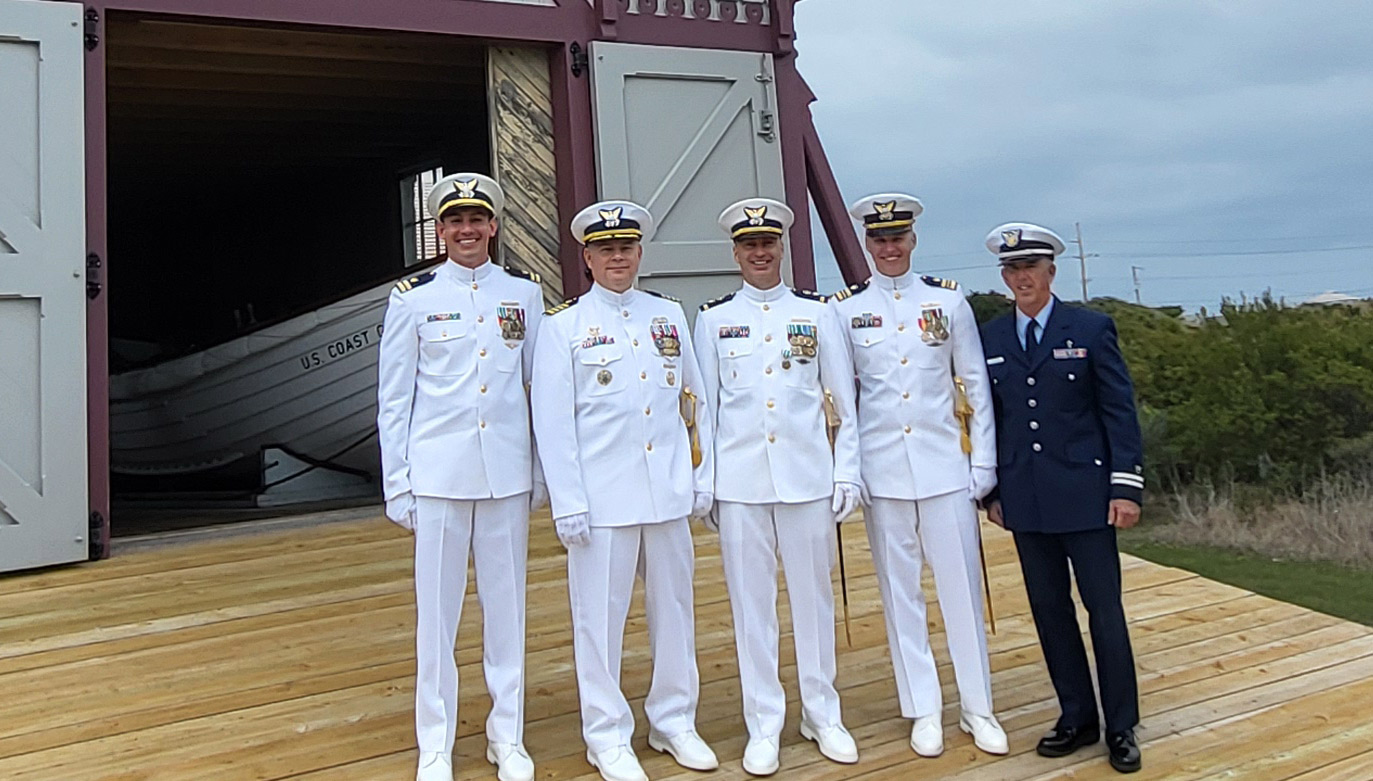

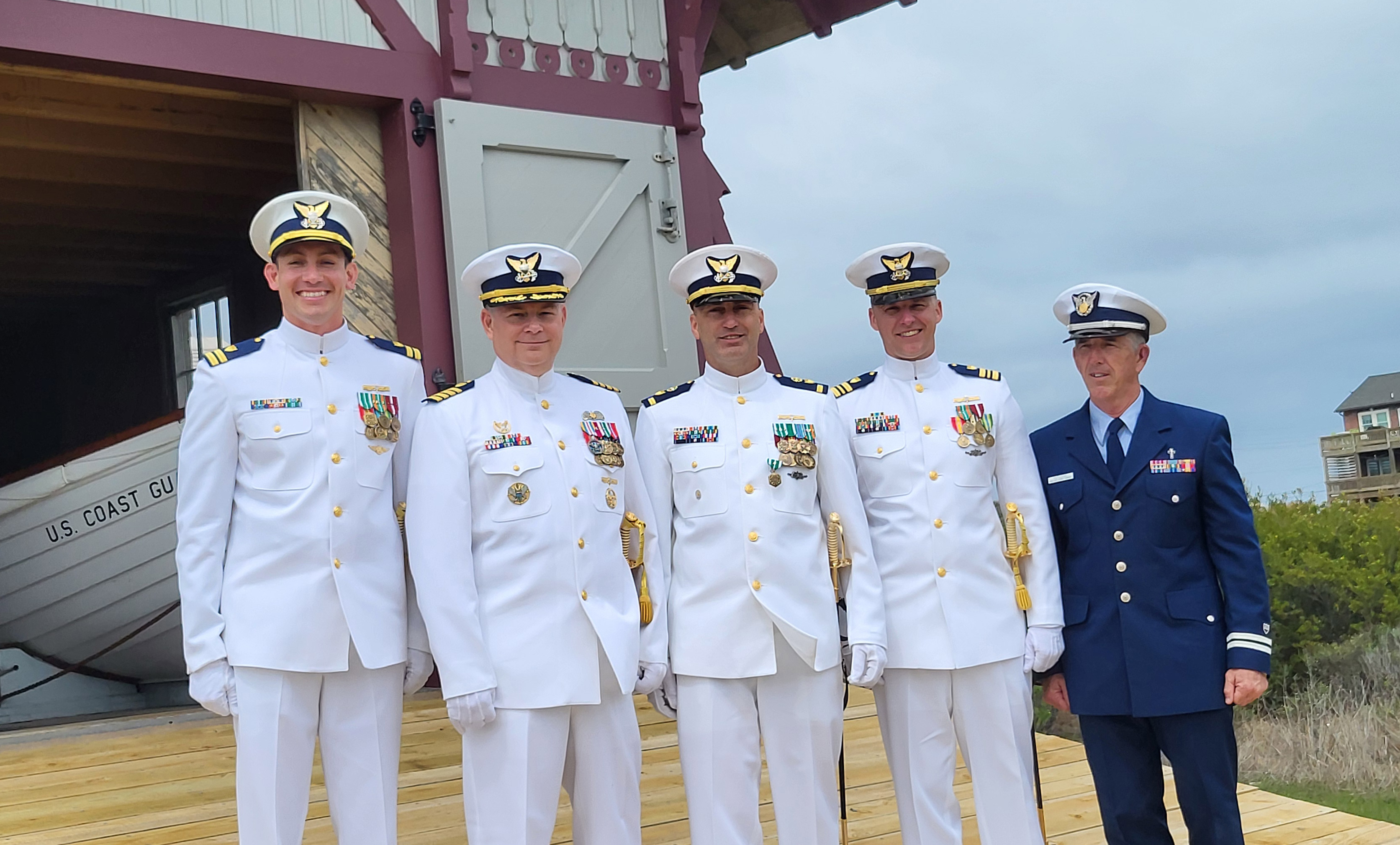

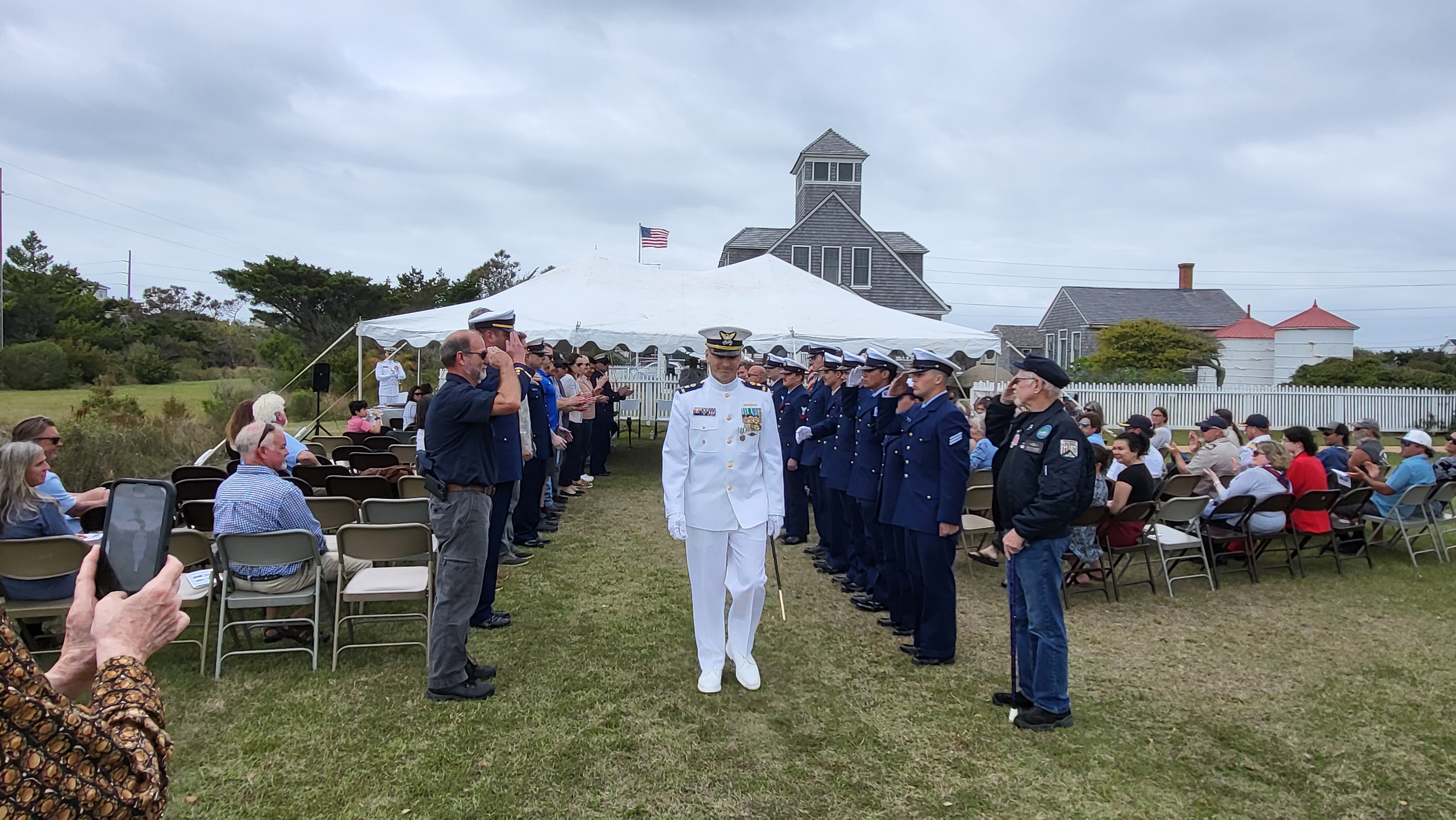
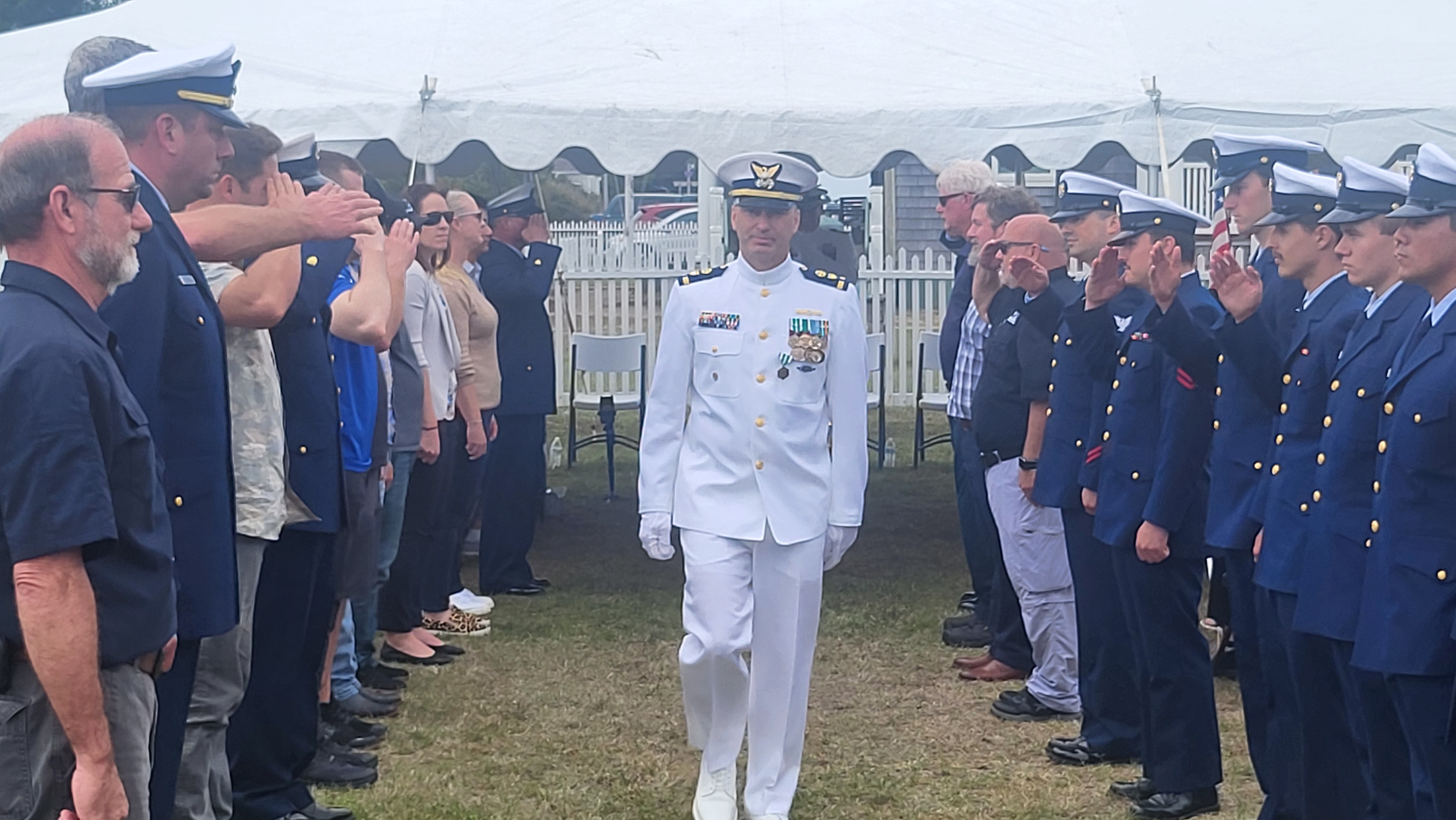
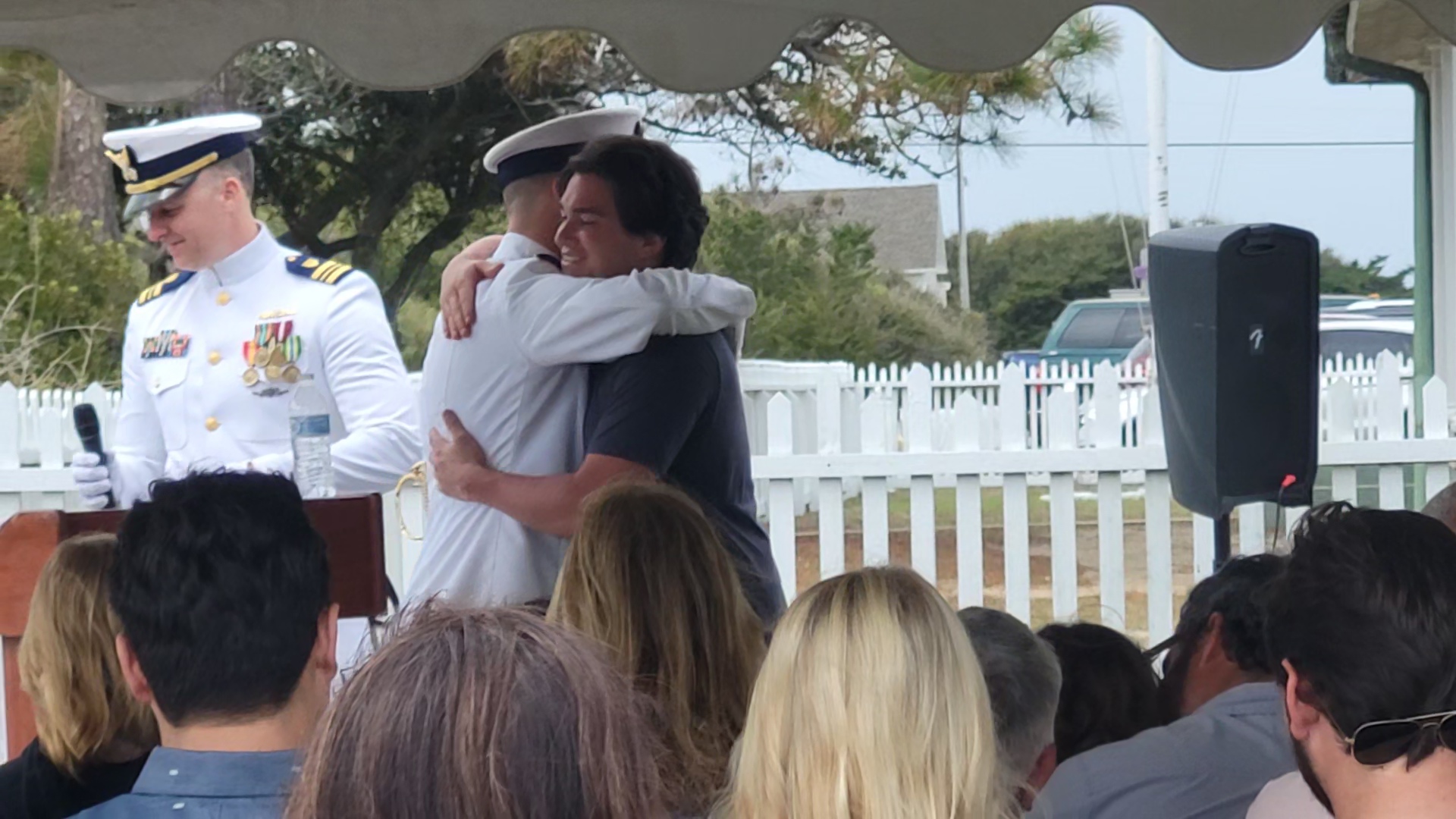

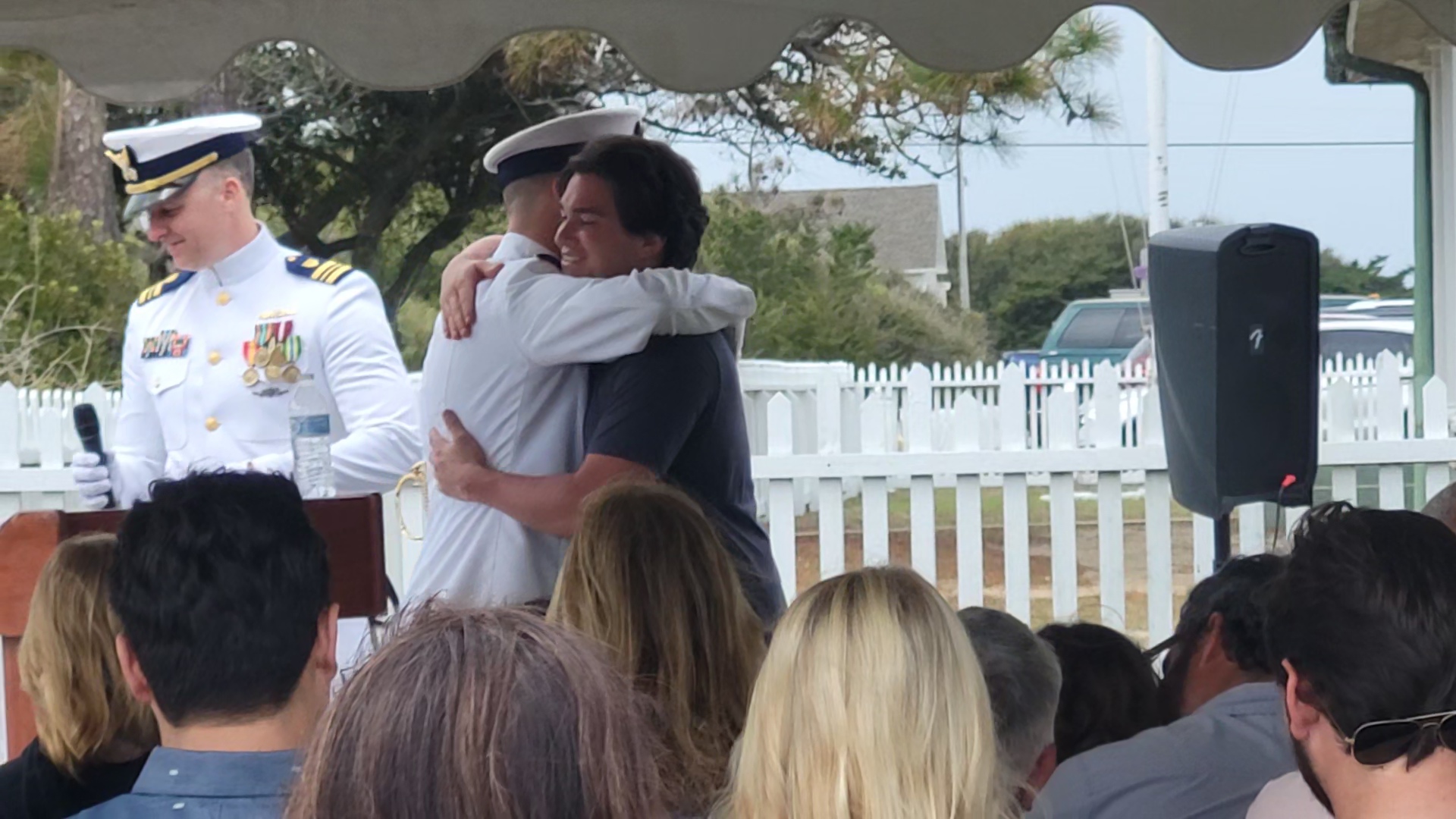
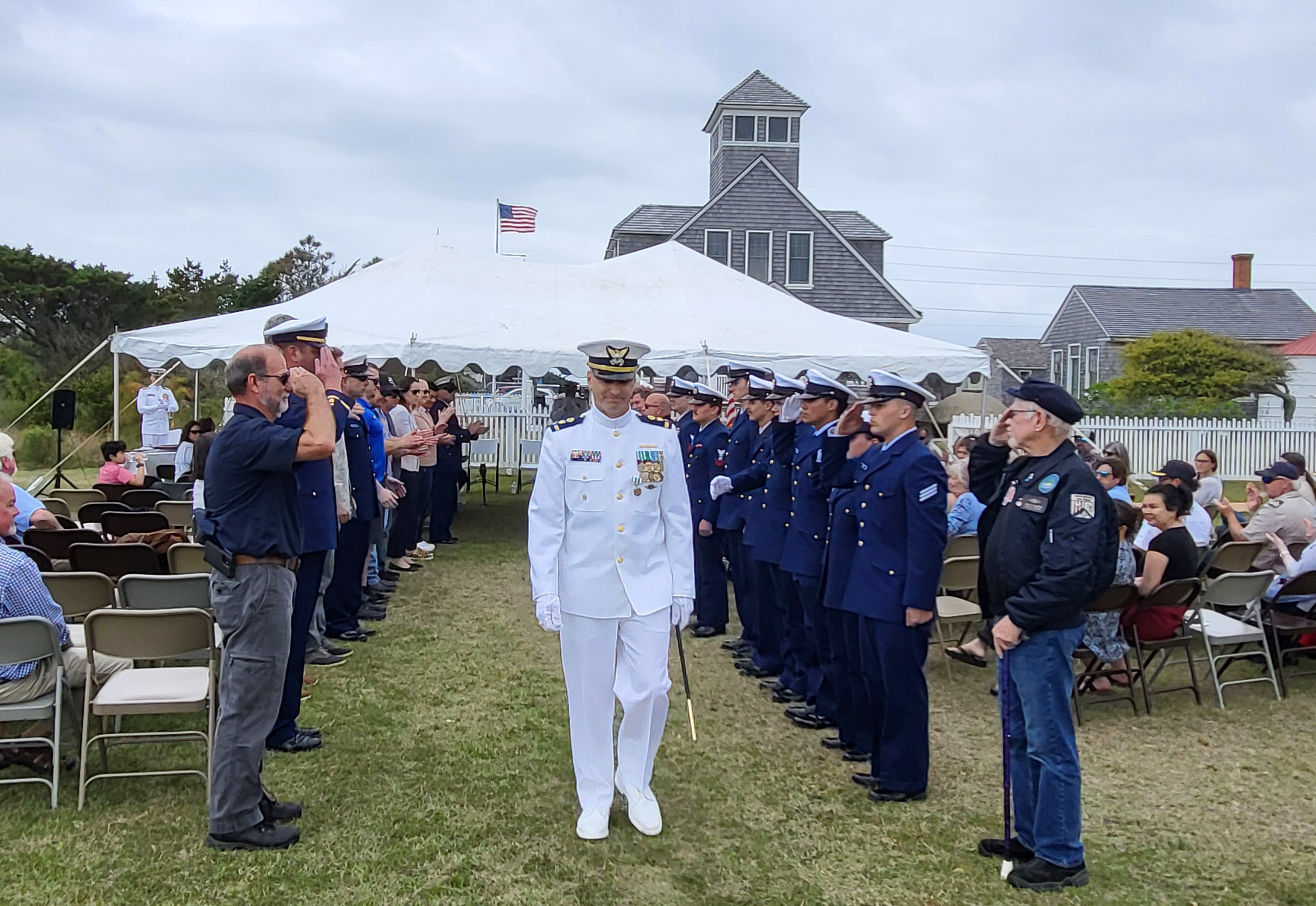
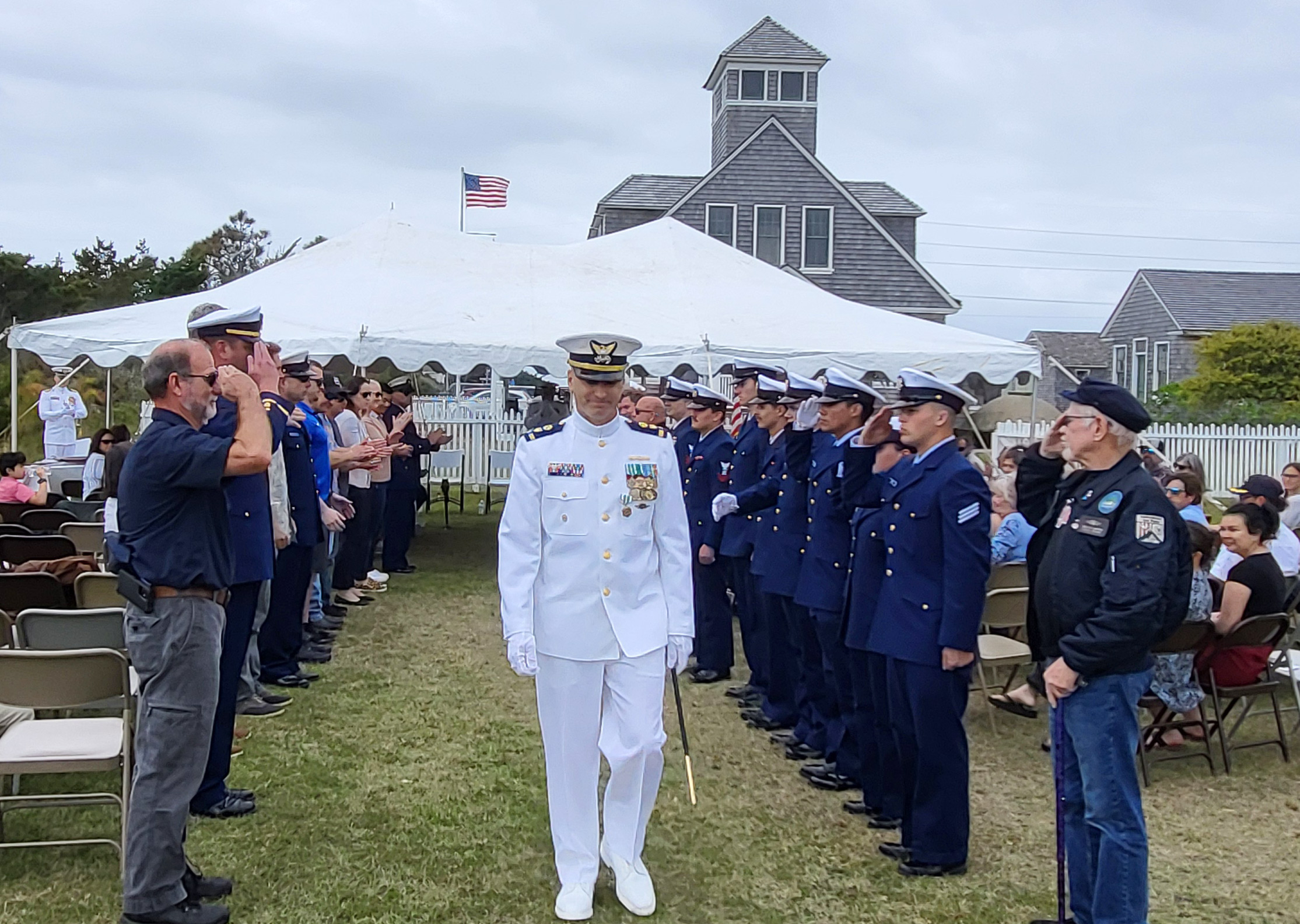
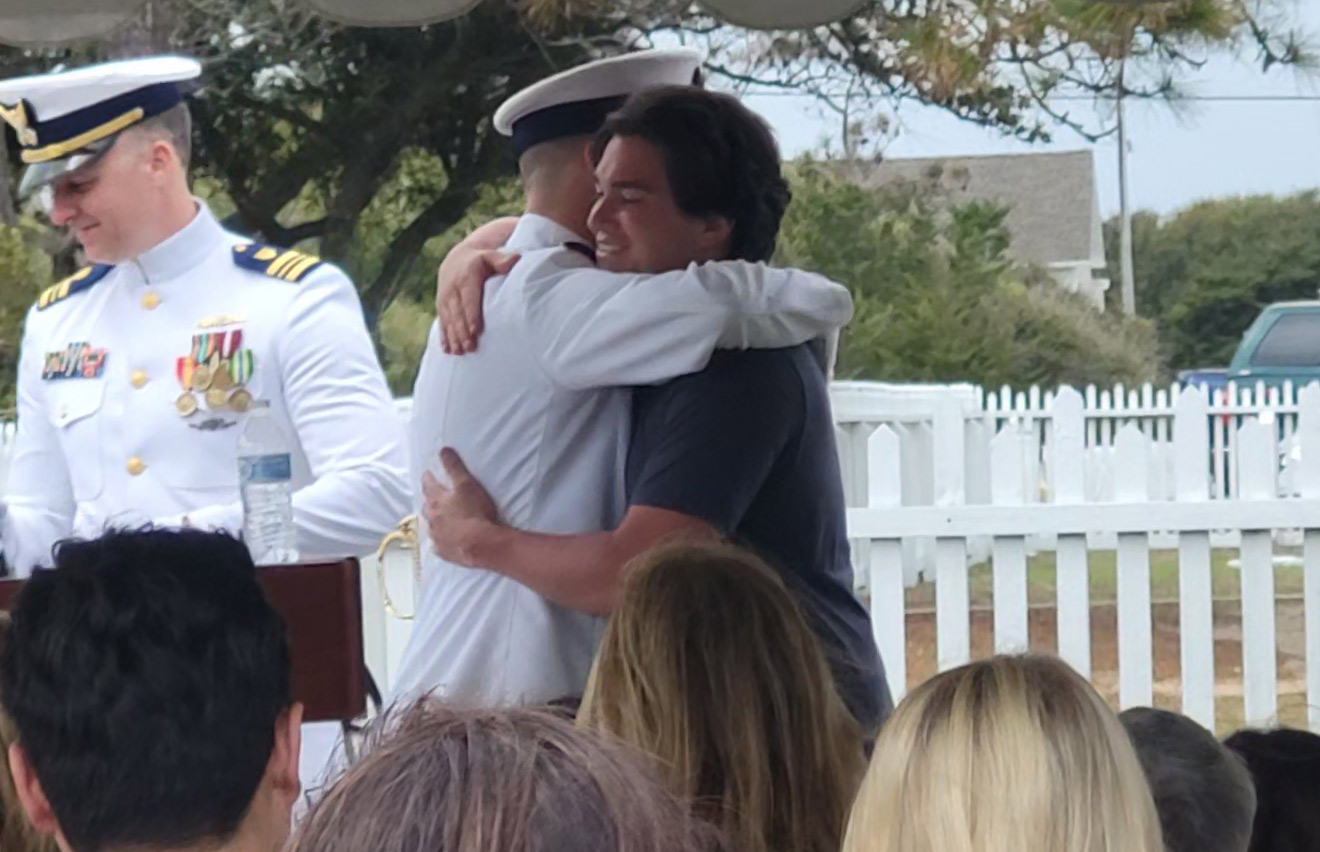
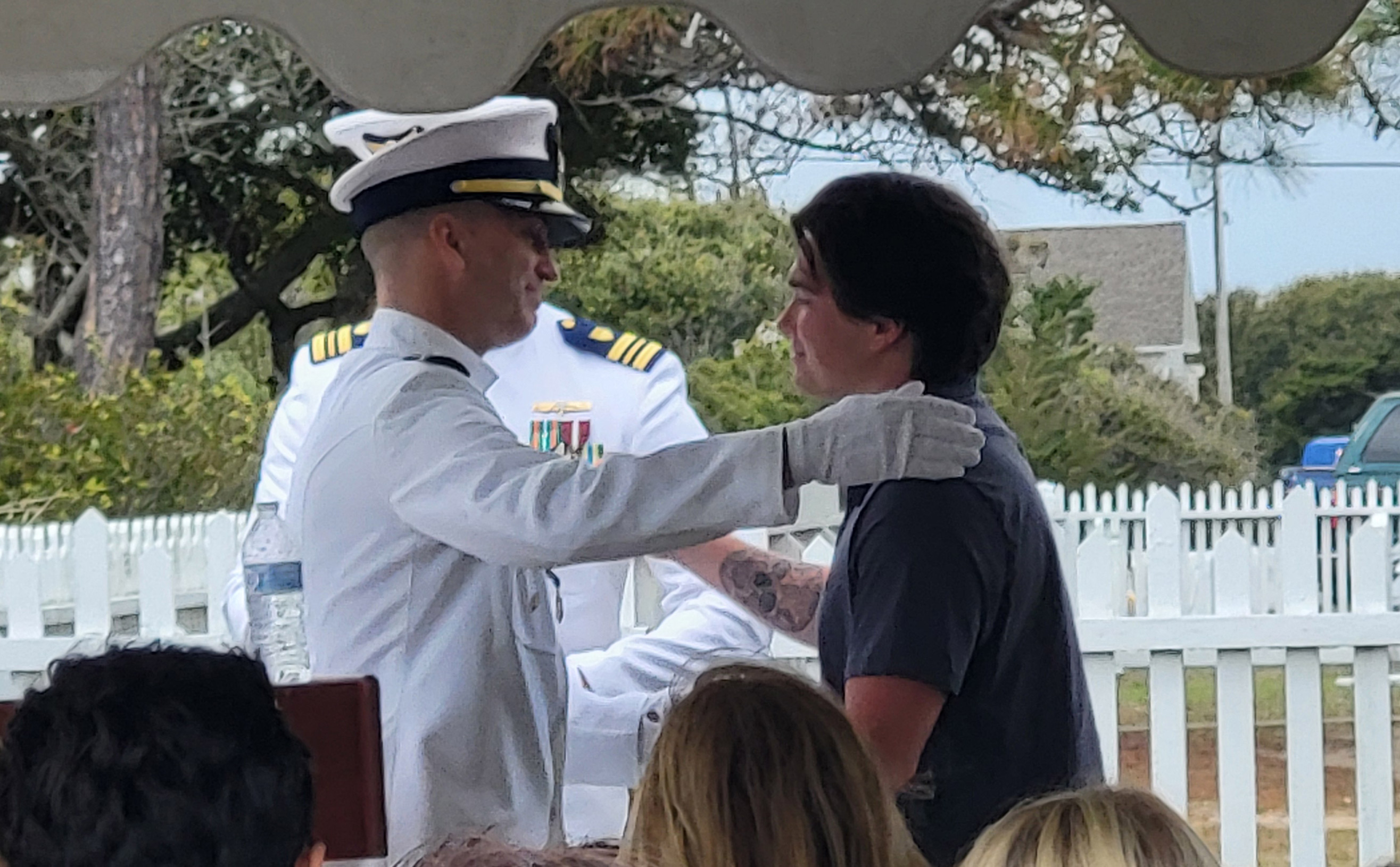
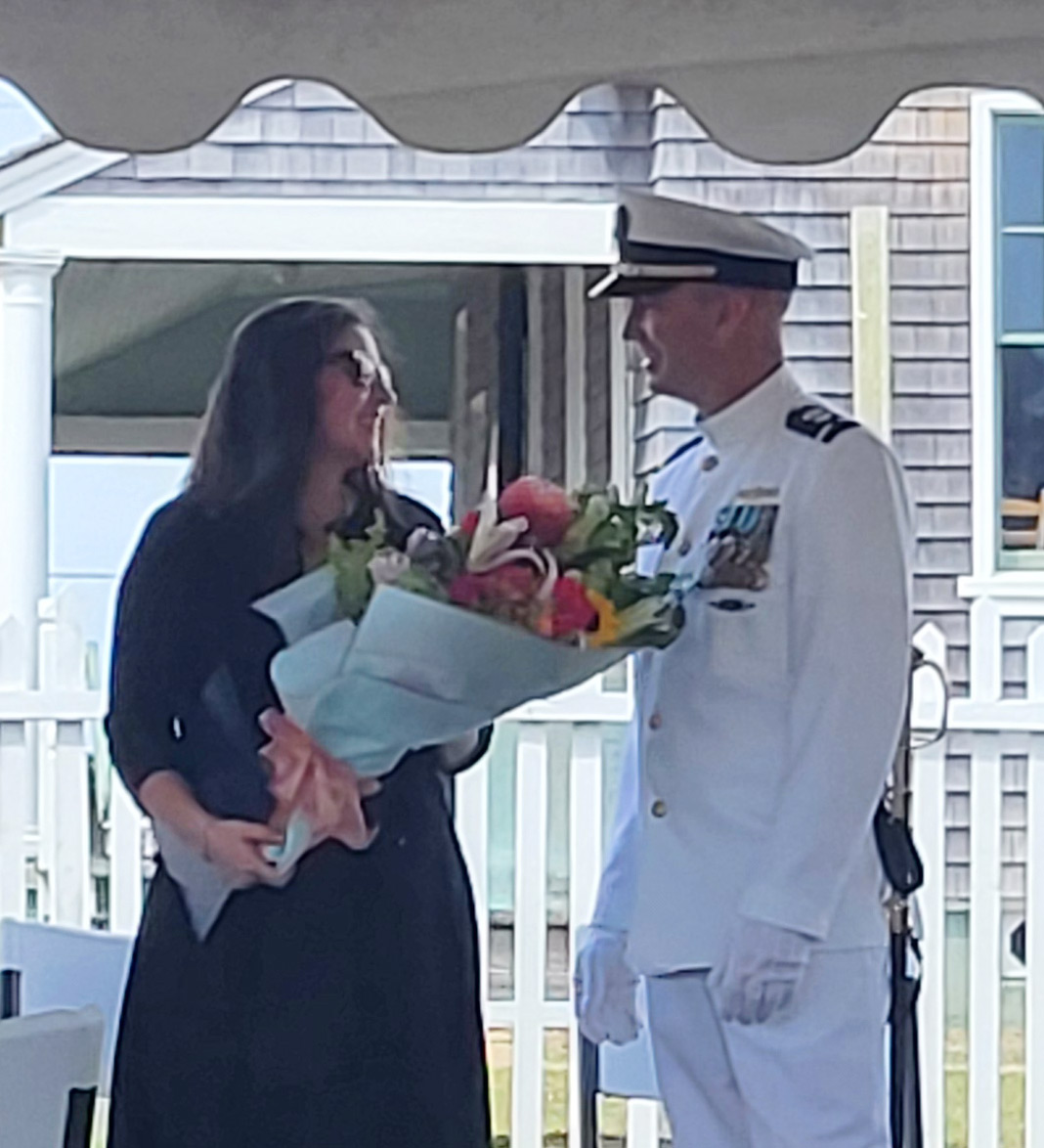

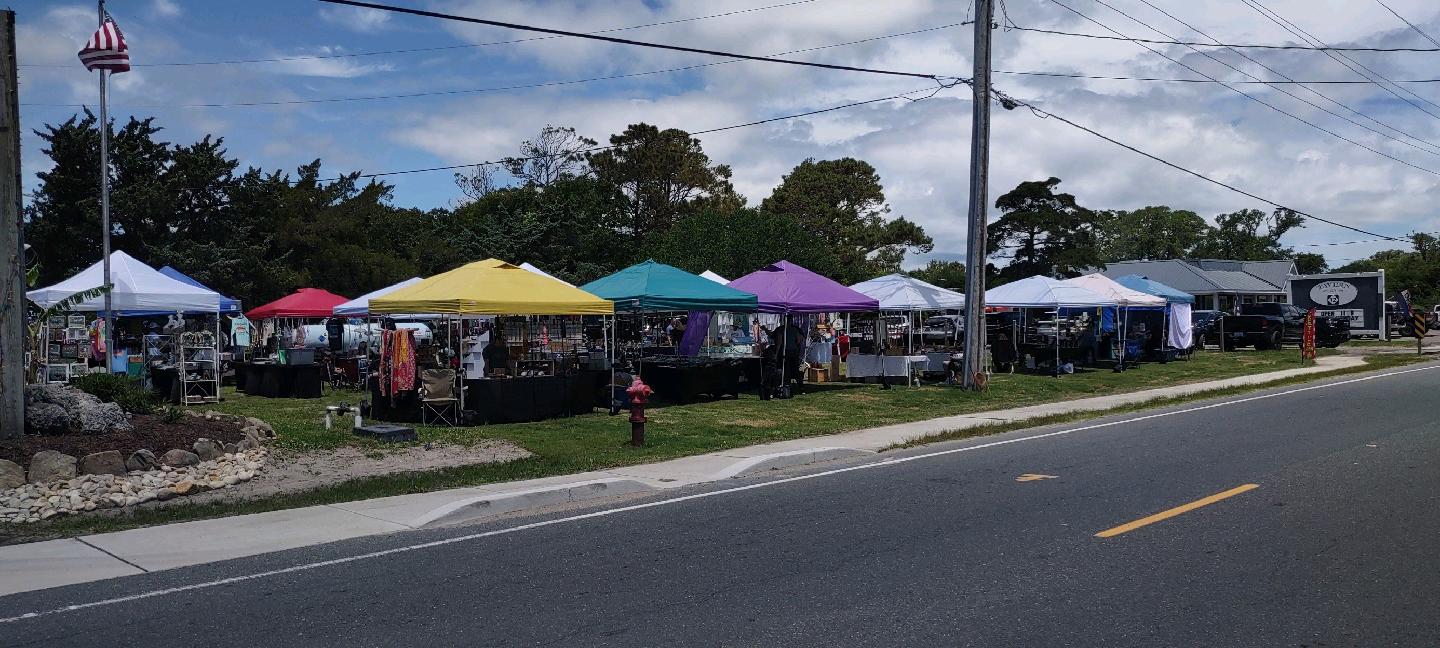
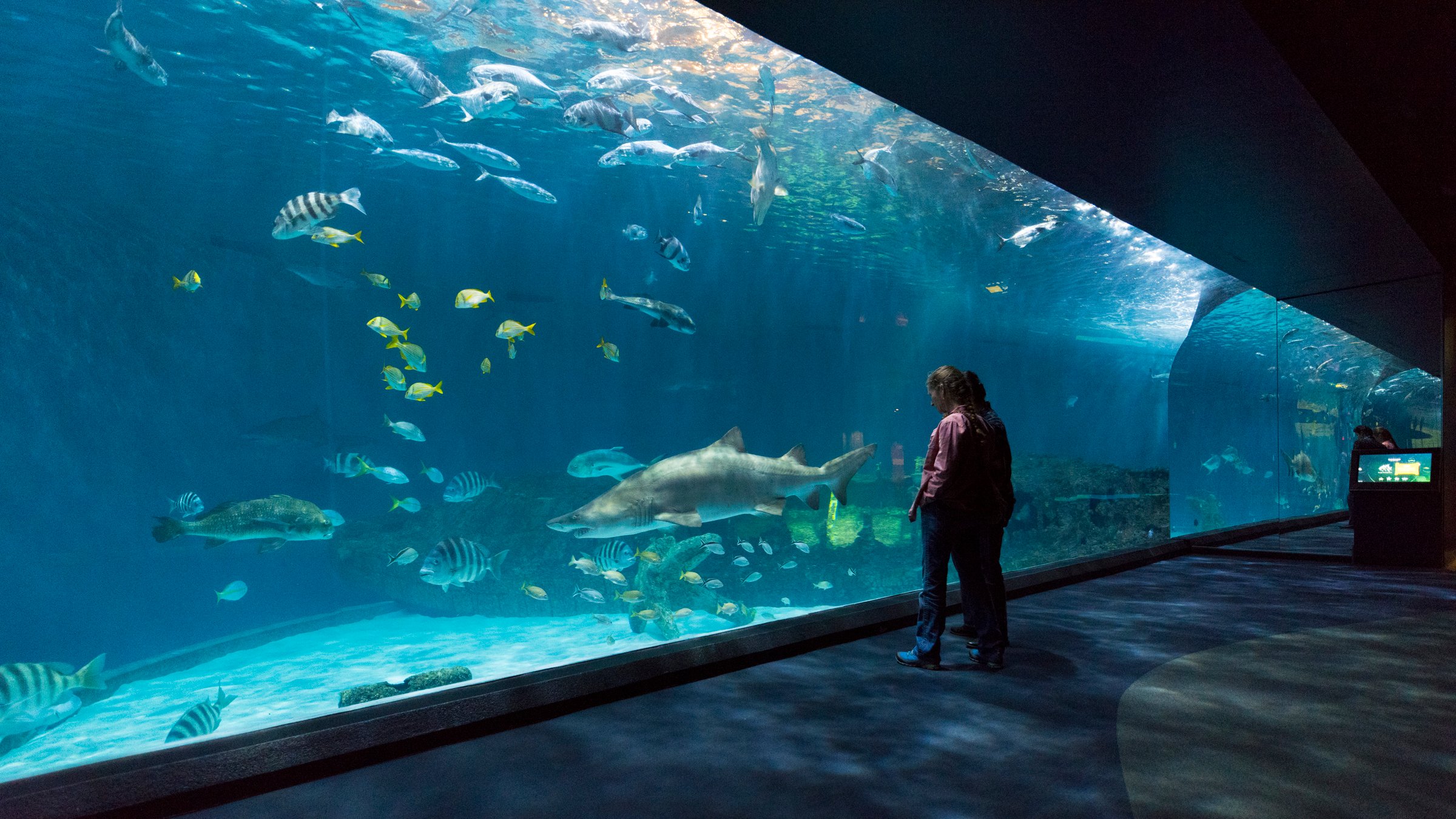
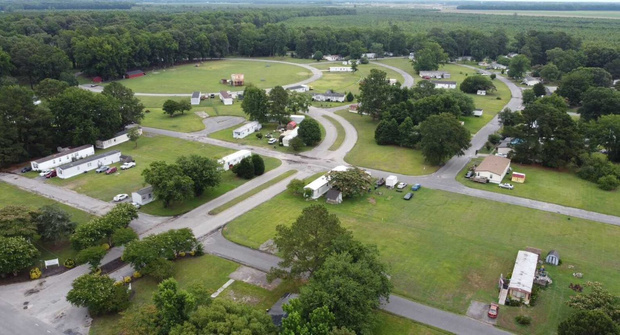



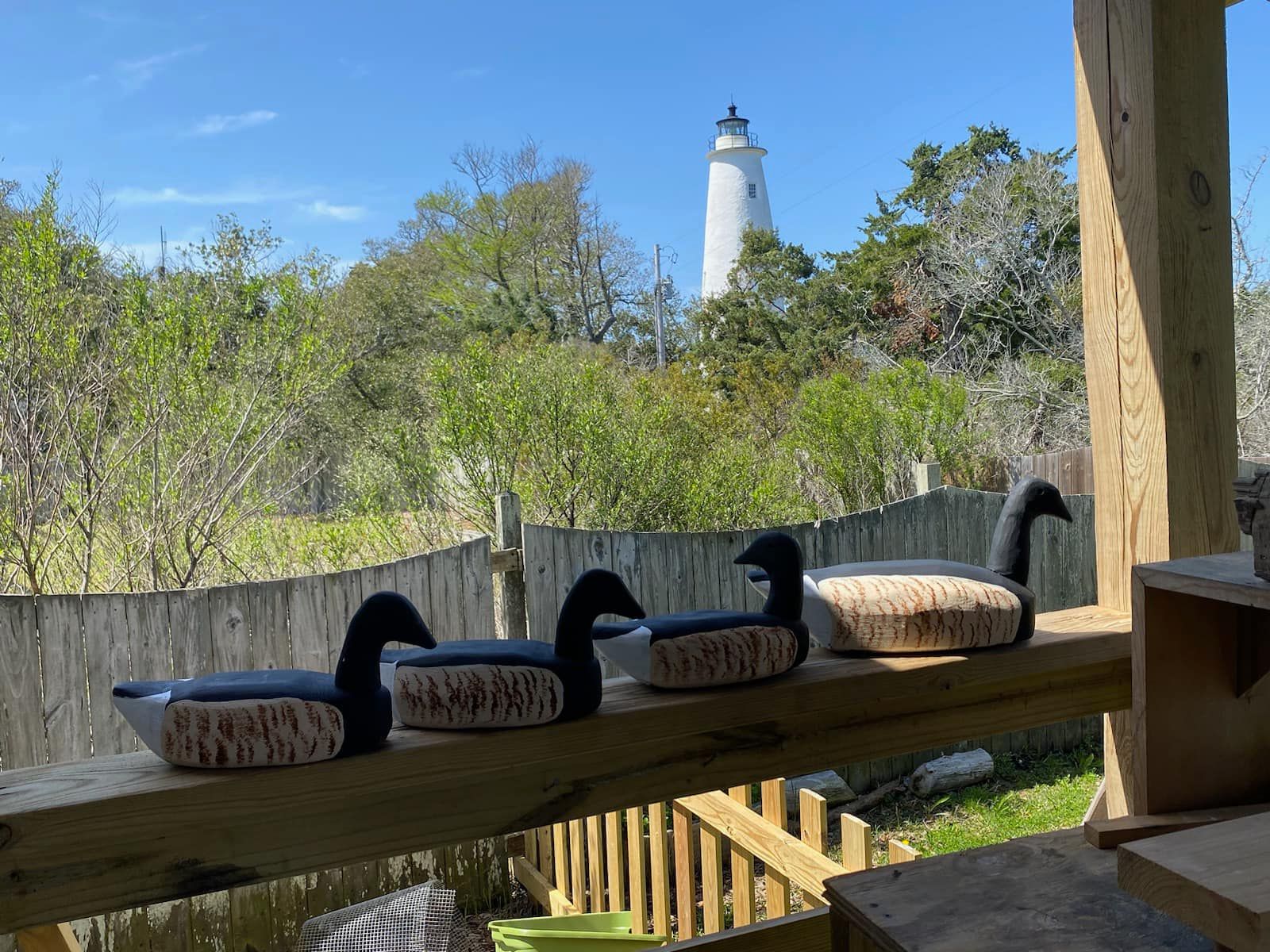
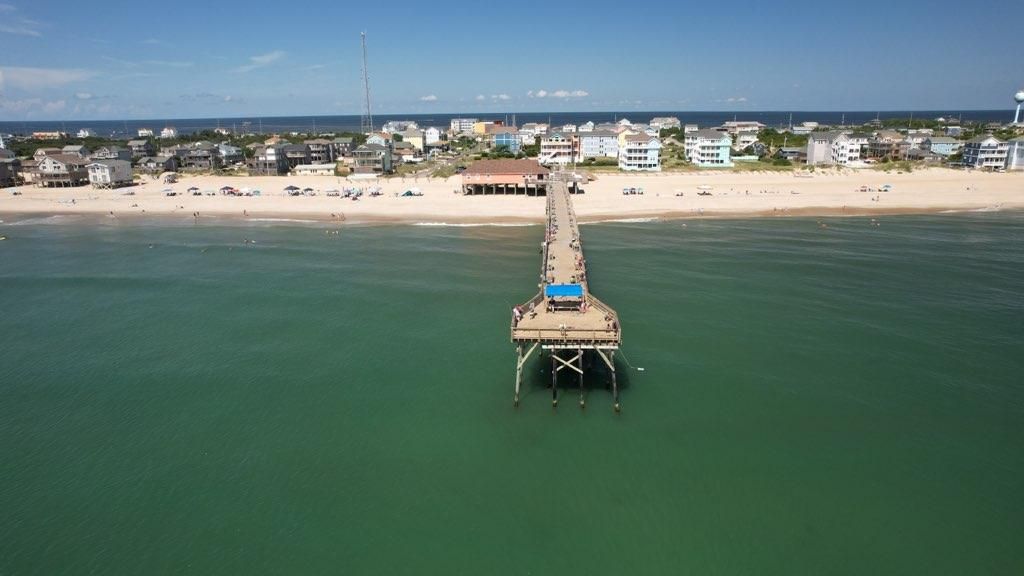


I remember all kinds of stories about this cannon when I lived in Raleigh. The Daniels family definitely got a lot of mileage out of the stories. I can’t believe this cannon is now ending up out here on Hatteras Island!